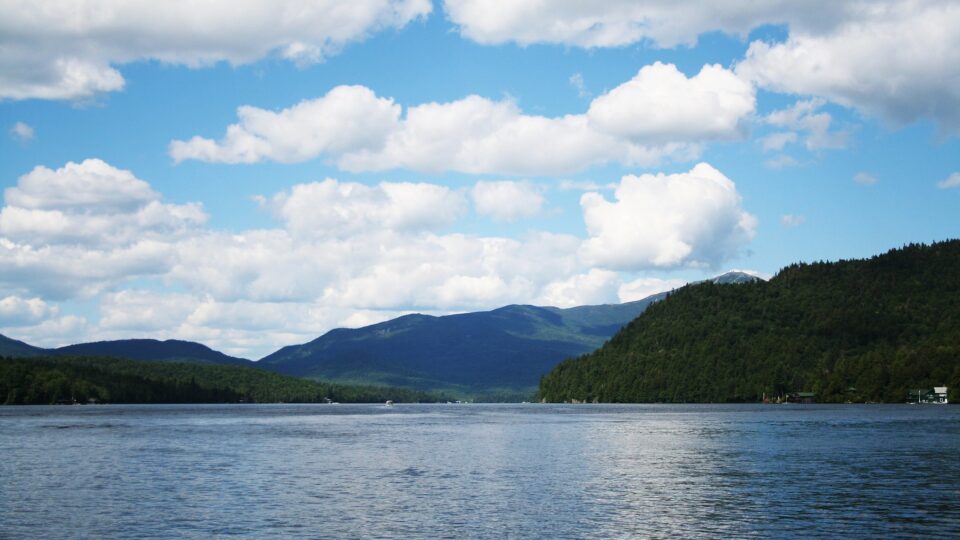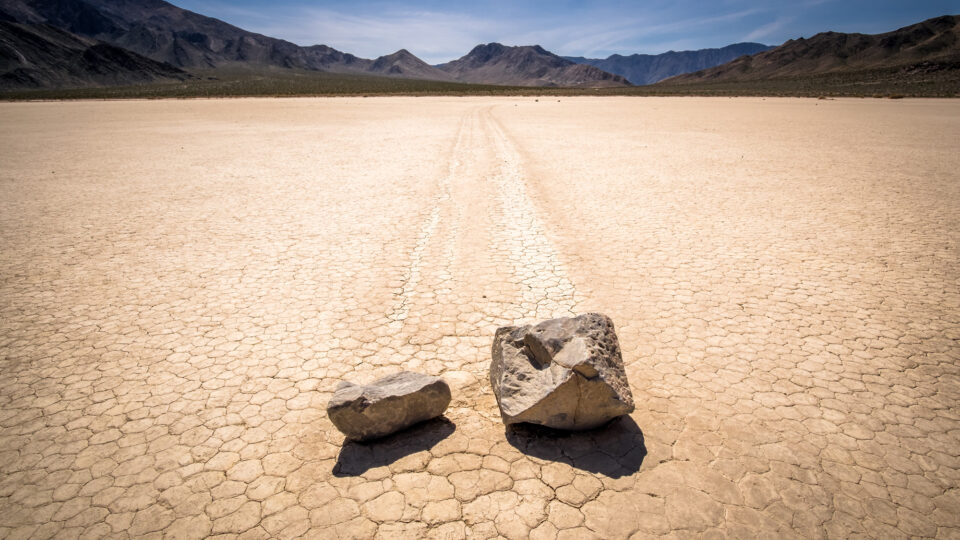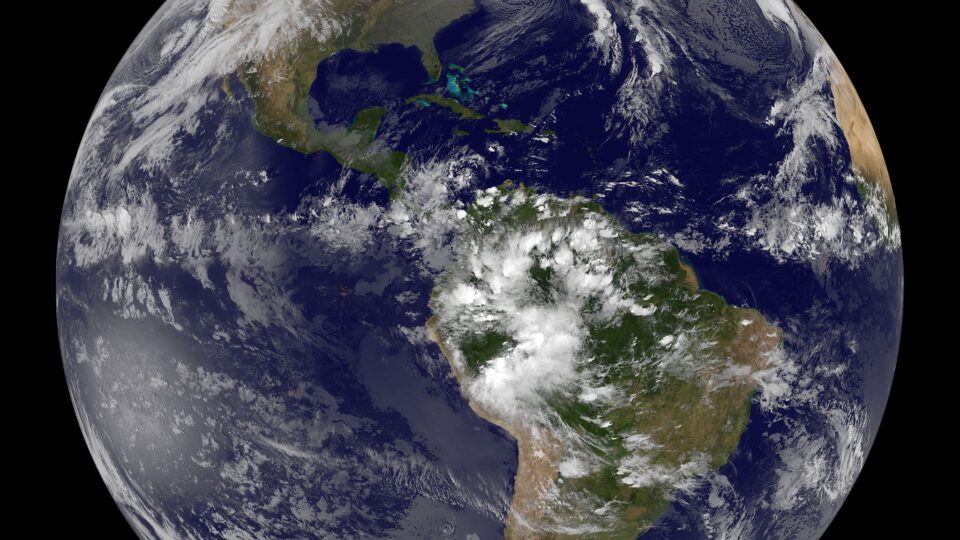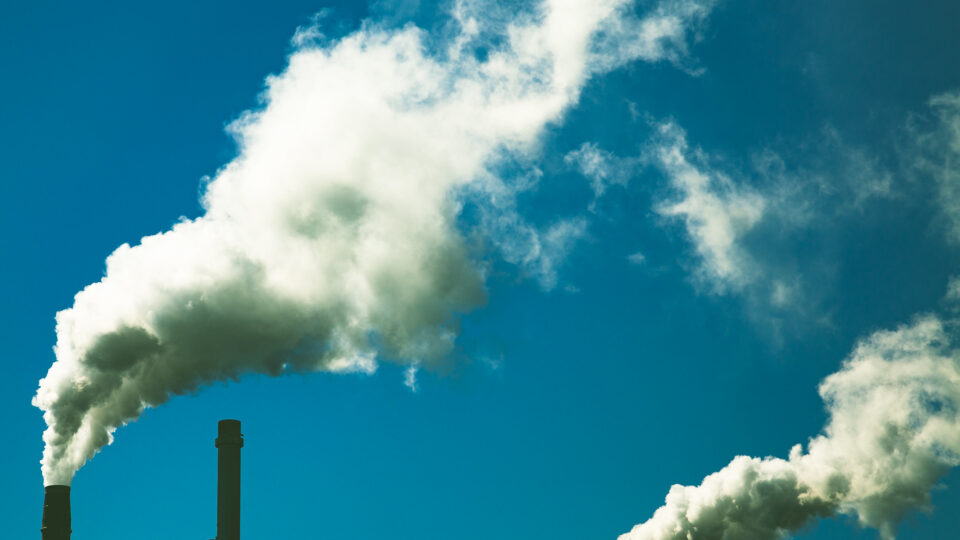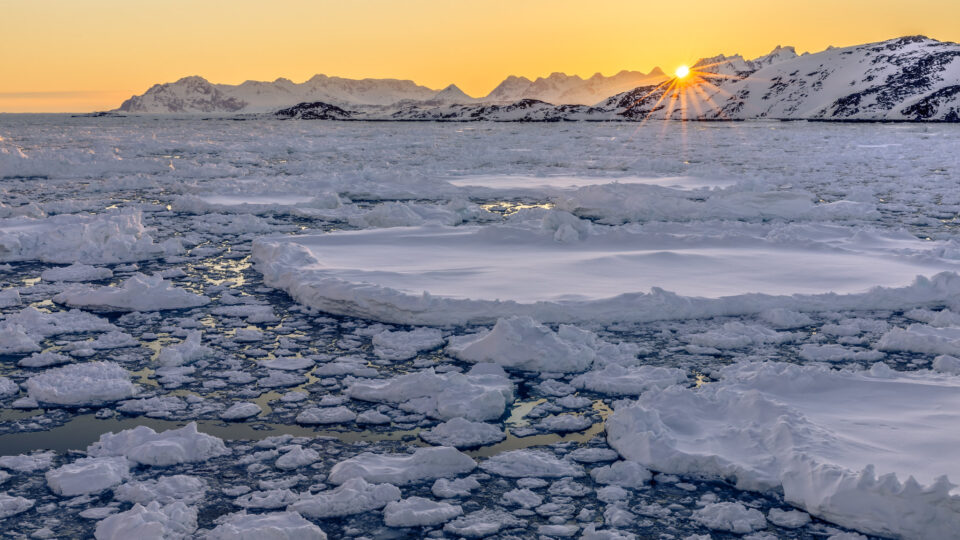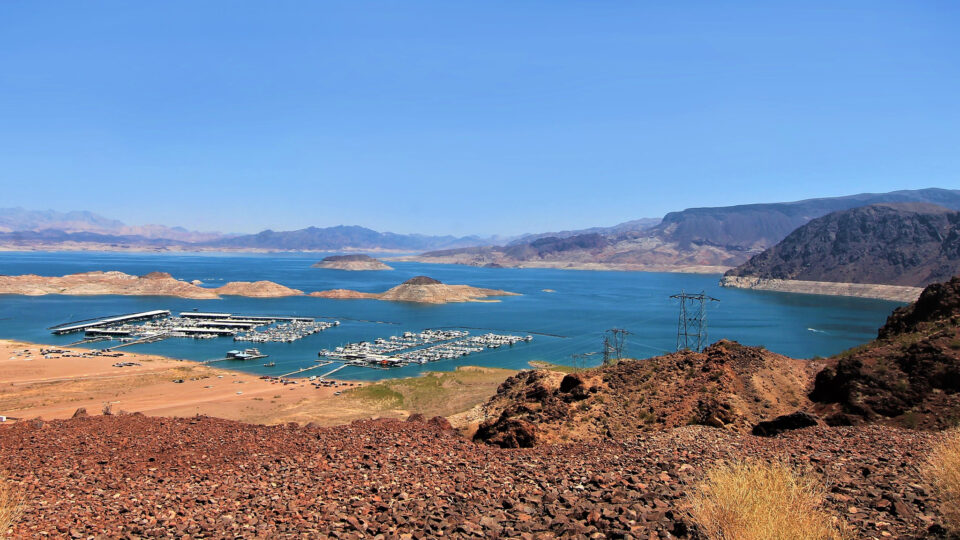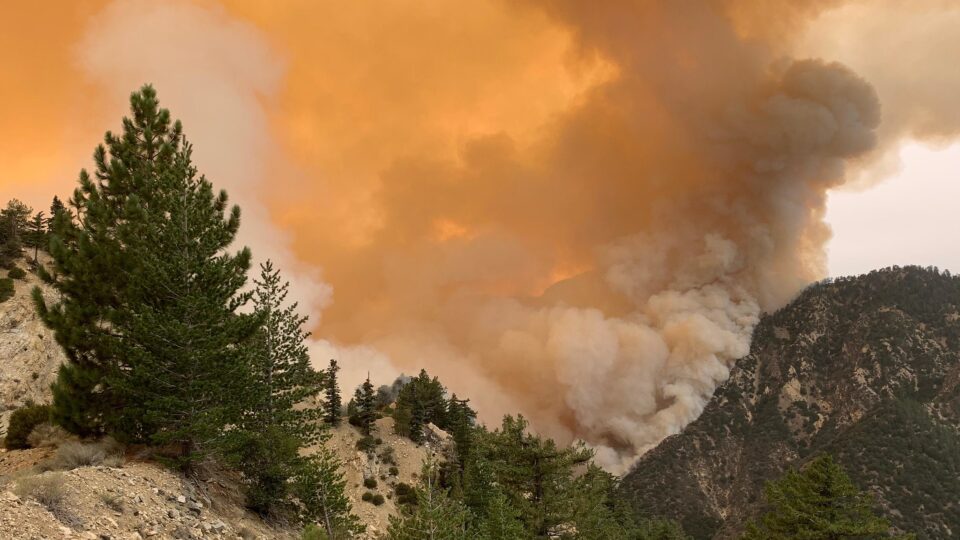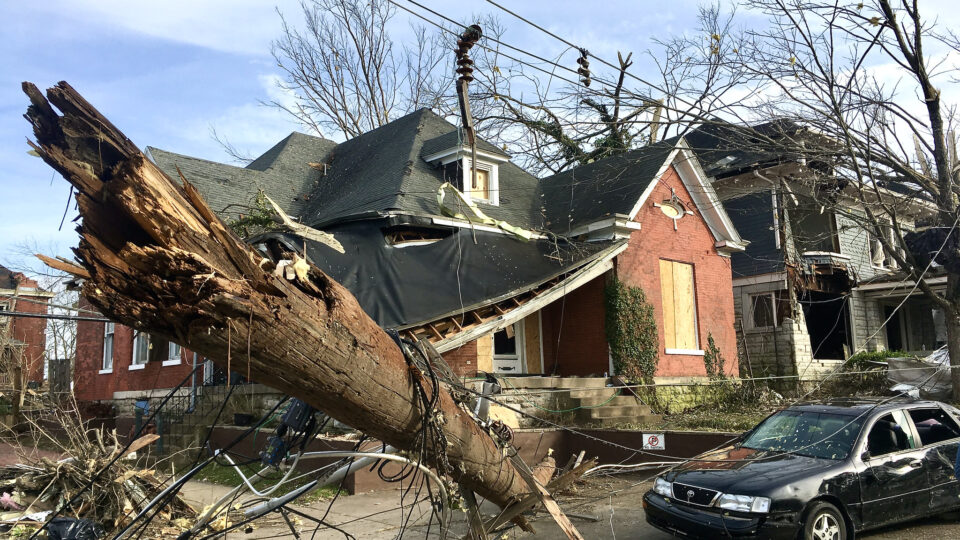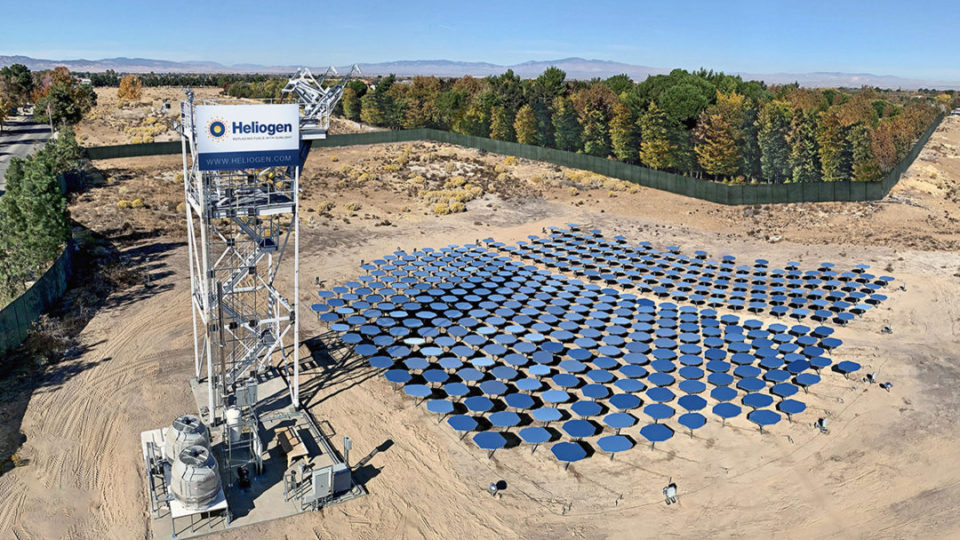A combination of the warming climate and the phenomenon of lake browning are making the bottom of most lakes in New York’s Adirondack Mountains unlivable for cold water fish – such as trout, salmon, and whitefish – in the summer.
Lake browning occurs when dissolved organic matter from forests turns the water tea-brown. Browning is the legacy of a century of acid rain and subsequently the fact that forest soils have suffered reduced capacity to absorb weak organic acids, leading to more dissolved plant matter flowing into lakes. Climate change has increased the frequency of extreme precipitation events and the length of growing seasons, leading to more runoff of organic matter.
Browner water traps more of the sun’s heat at the top of the lake and blocks the sun’s rays from reaching deeper. The result of the browning is lakes that are either too warm or too deoxygenated to support trout populations.
A study of 1,467 Adirondack lakes by Cornell University researchers found that only about 5% of them may continue to maintain water that is cold and oxygenated enough to support cold-water fish.
Deeper lakes fare much better because they have so much water that their oxygen is hard to deplete, but only 1% of all Adirondack lakes are deeper than 30 meters. Another 4% are very clear because the influx of cold water outpaces the expansion of low-oxygen zones and limits the effects of browning.
The study urges the protection of as many lakes as possible from species invasions, nutrient and salt pollution, and other forms of environmental degradation.
**********
Web Links
Most Adirondack lakes will likely become unsuitable for trout
Photo, posted July 17, 2011, courtesy of Lida via Flickr.
Earth Wise is a production of WAMC Northeast Public Radio
